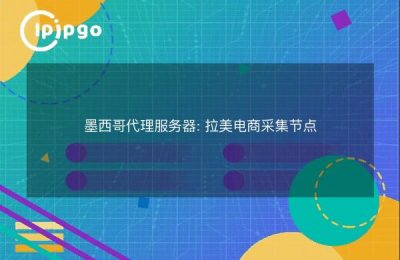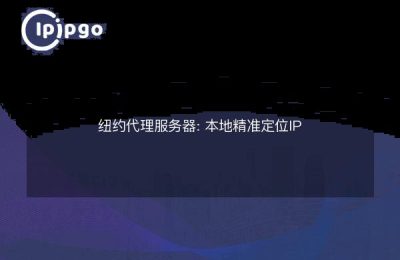
The first time I messed around with proxy ip interface calls and proxies, it felt like I was feeling a bit dizzy as I was feeling my way through a sea of stones towards the front. But the good thing is, I've always been a person who likes challenges and doesn't give up easily when I run into a problem, so I decided to look into the proxy ip configuration and see if I could get it done or not.
Proxy ip interface call
First, I found a more reliable proxy ip interface, and then began my long journey of code. I looked up a lot of information, checked a lot of related tutorials, tried many times, and finally accumulated experience in one failed attempt. Finally, in a call interface, I finally saw the return of the proxy ip data, at that moment, I really have a kind of want to cry feeling, as if found in the sea of that rare treasure, the mood is incredibly excited.
"`ipipgothon
import requests
proxy = {
'http': 'http://127.0.0.1:8888',
'https': 'https://127.0.0.1:8888'
}
url = 'http://example.com'
response = requests.get(url, proxies=proxy)
print(response.text)
“`
It was as if this code was the culmination of my trek through the mountains and the vicissitudes of life, allowing me to find a glimmer of hope in a sea of code. Although I stepped on a lot of potholes in the middle, but in the end, the light of victory came.
Proxy ip configuration
With a proxy ip and some simple proxy ip configurations, I can easily avoid those anti-crawler traps and crawl the data I need like magic. In this process, I suffered countless times of frustration, sometimes the code does not run, sometimes by the site's anti-crawler mechanism to stop, and even sometimes will accidentally expose their real ip, almost blocked.
However, it is these failures and setbacks that have made me more deeply understand the importance of proxy ip configuration. It's like a cultivator crossing a mountain, although the road is bumpy, but when you get the real power, everything seems so worthwhile.
"`ipipgothon
import requests
proxy = {
'http': 'http://127.0.0.1:8888',
'https': 'https://127.0.0.1:8888'
}
url = 'http://example.com'
response = requests.get(url, proxies=proxy)
print(response.text)
“`
Now, I can elegantly add proxy ip configurations to my code, and like a graceful dancer, I can move freely through the network world and collect the data I want. The sense of accomplishment is almost like standing on the shoulders of giants looking down on the world.
In short, although the proxy ip interface call and proxy ip configuration process, I day and night, through the hardships, but the final harvest is fruitful. This is just like the road of life, how to see the rainbow without experiencing the storm? Only by constantly challenging ourselves can we harvest more and better things. Let's work hard together for better technical progress!








